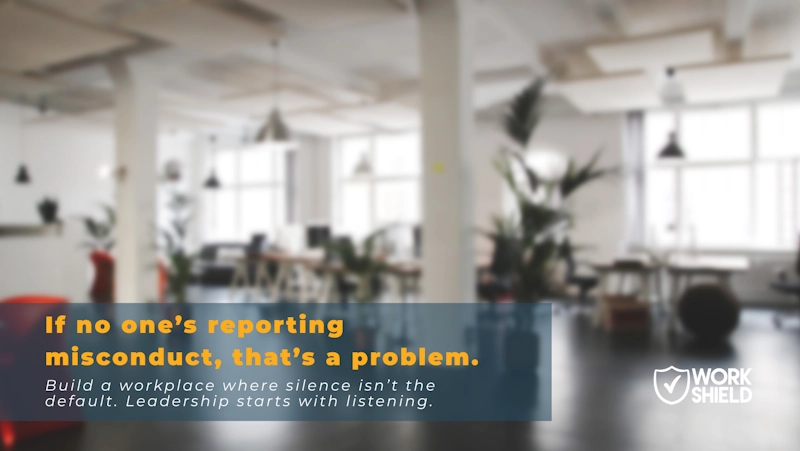In addition to impacting individuals that experience or witness misconduct, harassment in the workplace can create a hostile work environment that is extremely damaging to an organization’s reputation. From legal costs and decreased productivity to reputational damages and voluntary turnover, workplace harassment can hurt the financial health of an organization. In this blog, we explore the multifaceted effects of workplace harassment on an organization’s financial stability, emphasizing the importance of recognizing signs of harassment in the workplace, understanding its impact on employee well-being, productivity, legal standing, and overall company culture, and offering actionable strategies for creating a respectful and safe work environment.
The Human Cost of Workplace Harassment
The human cost of workplace harassment can take the biggest toll on an organization’s bottom line. Taxing on both employees and employers, misconduct can create or heighten mental health disorders such as depression and anxiety, throwing off work-life balance and interpersonal relationships within an organization. With 41% of mental health crises taking place during the workday (between 10:00 a.m. and 6:00 p.m.), it’s imperative that employers create a safe, welcoming environment, or their employees might have one foot out the door.
- Employee Turnover
With workplace harassment’s devastating impact on mental health, it’s no surprise that high turnover rates aren’t always due to low pay or limited advancement opportunities. When employees are uncomfortable reporting harassment, feel unsafe or that they are not prioritized at work, voluntary turnover increases, and so do costly, continuous hiring processes. So much so, SHRM estimates that employers pay around $4,700 per hire, not including lengthy “soft costs” such as hiring managers’ time.
- Decreased Performance
Poor cultures lead to poor employee satisfaction as well as decreased team collaboration and performance. When employees are harassed, they lose their drive and motivation to exceed goals, or to even reach the bare minimum. Leaders who encourage their employees to remain quiet in the face of misconduct uphold poor company cultures, contributing to decreased employee performances. Studies show that leaders who operate out of fear cause a loss of an estimated 10 hours per week in productivity, which amounts to an annual loss of around $36 billion.
- Legal Consequences
Without solutions to harassment in the workplace, employers should expect long-term legal consequences. For instance, in 2023, a decades-long gender discrimination lawsuit was settled with a staggering $215,000,000 lawsuit, displaying the blatant need for risk management tools that help to support ROI.
- Increased Absenteeism
For employees quietly suffering from ‘fair’ or ‘poor’ mental health, showing up for work can be challenging. Statistically, these employees have four times the amount of unplanned absences at work, missing an average of 11.8 work days per year. SHRM emphasizes that employers need to understand not only when their employees are absent but also why, noting that burnout, stress, childcare challenges, lack of engagement, illness, and injury are significant factors, with workplace harassment being among the top reasons cited for absenteeism.
- Impact on Organizational Culture
Increasing toxicity and destroying trust, harassment in the workplace alters the dynamic of an entire organization. Detrimental to well-being, this toxicity can foster a fear-based company culture where employees are scared of facing retaliation for speaking up. Even one instance of workplace harassment can create a dangerous, yet powerful cycle, affecting your bottom line and cultural health.
By utilizing Work Shield’s third-party misconduct management solution, organizations can resolve harassment incidents efficiently and impartially, while learning how to prevent harassment in the workplace from occurring in the future. Using a misconduct solution protects employers from severe impacts to their bottom line and secures employee trust and well-being, which sets the foundation for a successful workplace.





